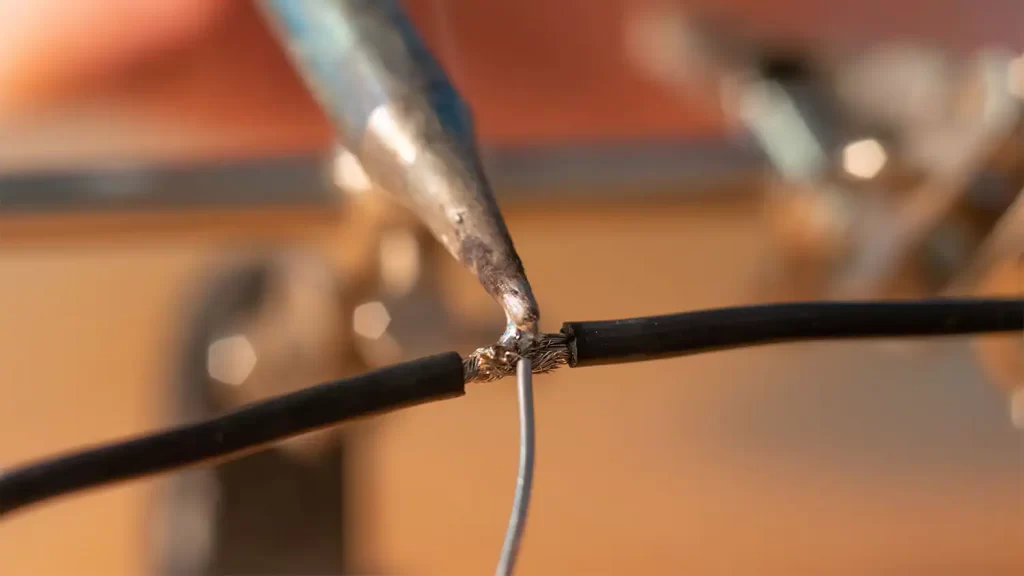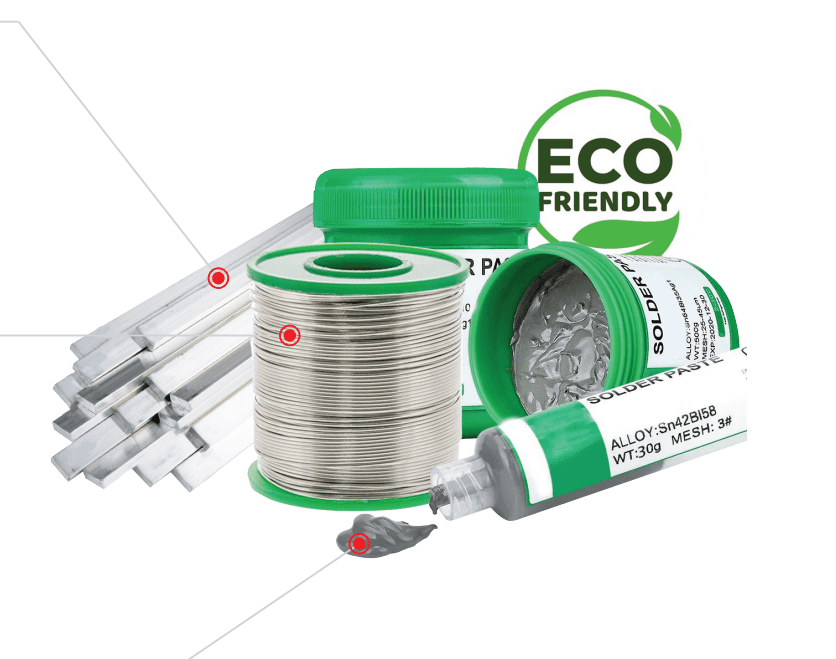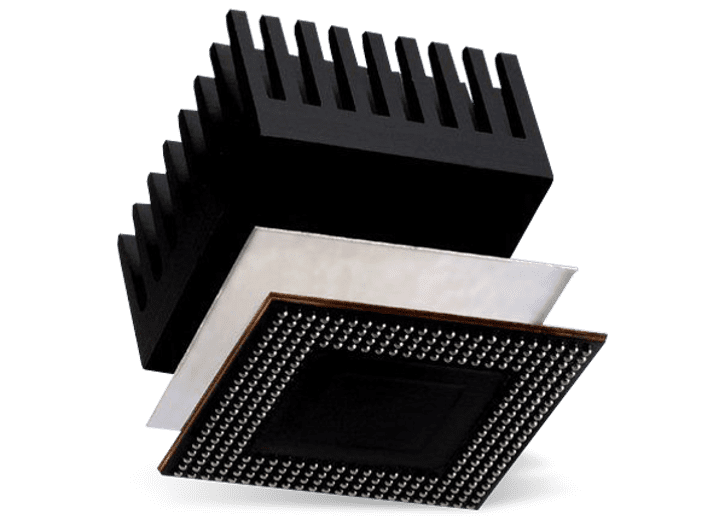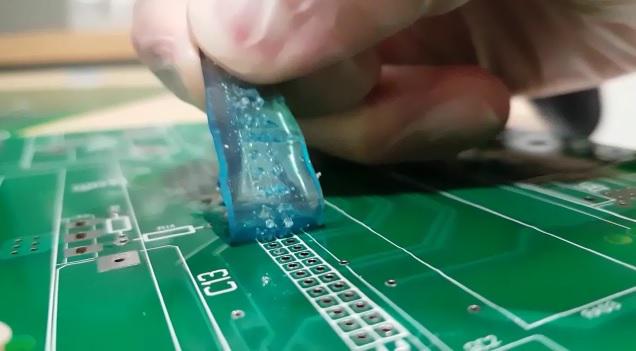Soldering (or welding) is one of the most traditional methods of assembling metal parts. The principle of this method is to heat the metal with a flame or other heat source until it melts into a liquid state, then join the two surfaces together when they are hot enough to bond without the use of adhesives or glues. The materials used in this process must be compatible with each other to avoid negative reactions when the two substances are also heated in an oxygen-containing environment.
Among them, solder wire is a widely used and popular soldering material, playing an important role in creating strong joints and meeting high technical requirements. This article explores the benefits of this soldering material, types of soldering wire and methods of choosing soldering wire.
What is solder wire?
Solder wire is a type of solder that comes in the form of a thin, flexible metal wire. It is commonly used to make electrical connections between metal conductors and printed circuit boards. Solder wire can be used alone or in combination with solder paste, a material that contains a flux that helps remove oxides from metals during soldering.

There are many different alloys for solder wire and they need to be chosen according to the application. For example, in electronics soldering, a lower melting point is required than in plumbing. This is necessary to ensure that when soldering electronic components, the temperature is sufficient to melt the solder at room temperature and make it wet enough to join two parts together.
Benefits of solder wire
Some of the great benefits of solder wire over other soldering methods are:
– Suitable for small batch production
– Suitable for soldering small components
– Ideal for prototype production
– Suitable for maintenance and repair
– Effective wear resistance
– Easy to wet – avoid oxidation
Types of solder wire and applications
There are many types of solder wire on the market today, each with different structures and properties. Some have higher melting points than others, while others have varying melting points depending on the diameter of the wire. The composition and lead content of solder wire is also quite diverse, making it suitable for many applications. It can be divided into two main types:
Leaded Solder Wire
This is one of the most popular solder wires today thanks to its excellent electrical conductivity and versatility that makes it suitable for many applications. In addition, when the temperature changes, leaded solder wire can quickly change between solid and liquid forms. This feature is useful for reducing cold solder joints caused by component movement during the solder joint cooling process.
Tin/lead (Sn/Pb) alloys are a widely used general-purpose solder. Their use is generally declining as regulations on lead-containing products become more stringent. However, they are still widely used in electrical and electronic manufacturing, gas lines, and for soldering brass.

Lead/tin/silver solder wire is also widely used in a number of fields such as aerospace, automotive industry, medical device manufacturing, etc. Thanks to its lower melting point compared to other alloys, it is easy to control the soldering process and the risk of damaging sensitive electronic components. In addition, the combination of lead/tin/silver helps increase the fatigue resistance of the solder joint, increase mechanical strength and corrosion resistance in harsh environments.
Common applications of leaded solder wire are:
- Soldering Printed Circuit Boards (PCBs)
- Soldering electrical contacts and terminals
- Joining wire harnesses to circuits boards
- Joining wires within a terminal block or connector panel
Lead-free solder wire
This solder wire is made from an alloy that does not contain lead or cadmium, making it suitable for use in areas where lead-based products are prohibited. It is also more electrically conductive than other types of solder wire, making it ideal for delicate electronic work such as electronics repair and the construction of circuits and projects.
Lead-free solders are now widely used as a result of recent regulations and financial incentives. Lead-free solders are frequently made using metals such as indium (In), tin (Sn), and aluminum (Al) instead of lead (Pb). While cadmium-zinc (Cd-Zn) solder is widely accepted as a lead-free alloy, it is not RoHS compliant due to the directive’s prohibition on both cadmium and lead. Except for Cd-Zn alloys, most lead-free solders are safe to use.
Here are some common applications for lead-free solder wire:
- Soldering electronic components
- Repairing PCBs
- Plumbing, heating and cooling systems, and refrigeration systems
- Medical Device Assembly
Prostech provides a variety of lead-free solder wire products from many different manufacturers with high quality, contact us for advice and quotation:
Cored Solder Wire
Flux-cored wire is a type of wire that contains a flux core, which helps clean the metal surface during the welding process, ensuring a strong weld. Flux-cored wire brings many benefits such as ease of use, increased efficiency and weld quality. With the ability to clean and create strong bonds, flux-cored wire is widely used in the electronics and metalworking industries.
Flux cored solder wire is mainly used in those applications:
- Electronic Components and Printed Circuits
- Connecting Pipes in Plumbing Systems
- Jewelry Making
- Synthetic Metal Processing

|

|
| Flux-cored Solder Wire | Solid Solder Wire |
Factors to consider when using solder wire

– Melting point: This factor determines the required temperature for the solder to melt. In case the temperature is too low, the solder will not melt and flow properly. Meanwhile, if it is too high, the solder may burn or melt too quickly during the joint application, which leads to damage to nearby components or cause other problems like shorts in your circuit.
– Solder wire type: Since there are two types of solders available as mentioned above, it is important to determine the suitable one for your application. Lead-free solders have a high melting point and are ideal for high heat resistance applications. Lead-tin solders, on the other hand, have lower melting points and are better suited for applications requiring greater flexibility or electrical conductivity. In addition, lead-free solders are less toxic than lead-tin solders – to both the environment and the labor.
– Solder diameter: When working with electronics, solder size is just as important as solder type. Solder is available in a variety of diameters to meet any requirement. With the right diameter, you save time by not having to apply solder repeatedly and by avoiding the cleanup work that comes with excess solder since your solder is the exact size for the job.
– Application requirement: Since each solder has a different composition and size – which is suitable for different application requirements – it is necessary to select the right type. The solder used in electronic production differs from the one used for plumbing work, for example.
The selection and use of welding wire depends on the specific requirements of the application and environmental conditions. Each type of welding wire has its own advantages and is suitable for different requirements in the production and use of the product. With years of experience in soldering materials, Prostech’s team of experts is ready to support customers in choosing the right type of welding wire to optimize production efficiency. Contact us today for free consultation!








